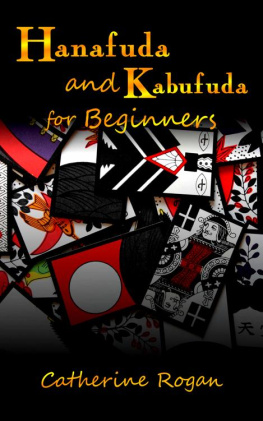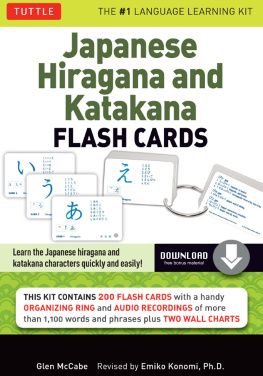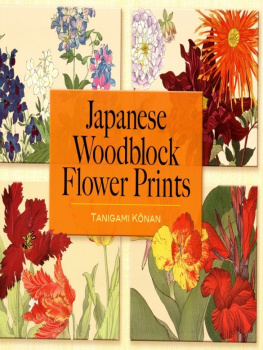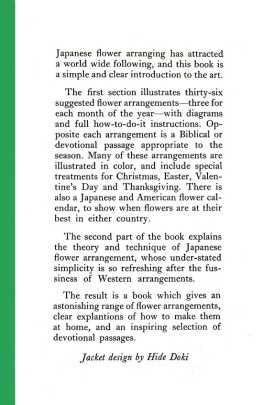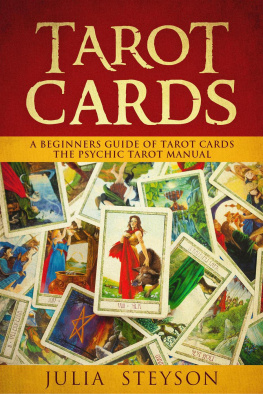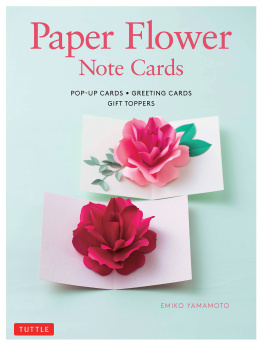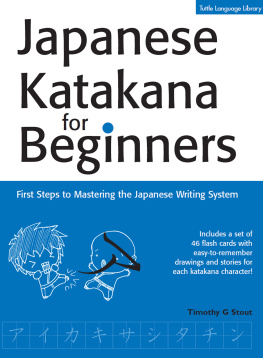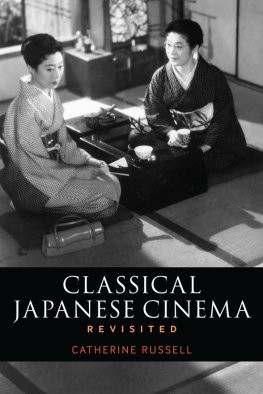Contents
Foreword
I first came across Hanafuda cards in a Nintendo DS game. This had a version of Koi Koi, one of the capture games. At first I was bewildered, but after a few rounds of randomly poking at the screen, I began to get into the rhythm of the game and so spot the matching cards.
In the main, games played with a Hanafuda deck involve matching cards by month, and collecting combinations of cards that give you a scoring bonus.
Having bought myself a pack of Hanafuda cards (also made by Nintendo - they began as a card company long before video games were invented) I set about trying to teach my partner to play. I quickly realised that the game is a lot easier when the computer is highlighting your choice of matches, and keeping track of your sets. However once we had played a few rounds he was beginning to get the hang of it. I found the rules for other games on the internet. I brought the cards on a caravaning holiday but with no mobile signal in rural Wales I had to print off various webpages and lists of hands. What I wanted was a guide that culd be used to teach the family how to play some simple games.
While Koi Koi and is one of the most popular Hanafuda games, there are many other games you can play with the deck. This is by no means a comprehensive guide. I have missed out Hachi-Hachi (88), one of the most popular games, because it is extremely complicated and intimidating for beginners. We were no more likely to attempt it in the caravan than we would Bridge. Sutda, a Korean game with poker-style gambling, was also excluded (partly from a fear than my partners Grandmother would win all my money), although some of the Poka games involve some gentle betting of gaming chips. There are some Kabafuda games - these can be played with a special deck but equally you could use a Hanafuda deck or a European deck with the face cards removed.
As well as some of the more simple traditional games, this book has some Solitaire games for one and Ive also included a couple of traditional European childrens games at the end. These are good for younger children, and for getting used to the cards.
Rather like learning the Japanese alphabet, a large part of the learning curve is the visual difference between the cards and European cards. However once you have learnt to recognise the different flowers and animals on the strikingly attractive cards, the games are a lot easier to play that they first appear.
I have begun with capture games and explained the rules for capture at the beginning of the next chapter. For the sake of space I do not repeat it for each game - I suggest that you begin with a few rounds of Matching Flowers to get the concept of capture. Once this is mastered you can build on it to play the other capture games including the games from Hawaii and Korea.
Poka and Kabafuda games are quite different from the capture games, they are fast paced and fun.
As with all traditional games, there are regional and even family variations to the rules and scoring. Make sure everyone understands the same rules before you start to play!
About the Author
Catherine Rogan is a Yorkshire-born writer based in Surrey, UK
Find her blogging at https://medium.com/@BeautyInLonely
She writes fiction under the name Kitty Campanile.
Other publications (As Kitty Campanile)
Mighty Like a Rose
Forget-me-not
CHAPTER ONE
Getting to know the cards
A Hanafuda deck consists of 49 cards. They are much smaller than European playing cards and are made of thick cardboard. The kind of shuffle one uses on European playing cards is unlikely to be successful. Players can take it in turns to cut the deck repeatedly or (my favourite method) lay the cards in a single layer face down on a table and mix them up with their hands, then pile them back up again.
There are twelve suits, one for each month of the year. Each suit has four cards. In addition there is a blank card which can be used as a replacement if you lose a card, but can also be used to choose which player drops out where there are more participants than there can be players, or where a joker is needed.
The cards depict plants matching (approximately) the month the card represents. Some cards feature animals, objects or Tanzaku - poetry scrolls. Each card has a value, used for scoring in some of the games.
Tanzaku
There are ten Tanzaku, or poetry scrolls, in the game. Seven are red, of which three are lettered and four are plain. There are also three blue scrolls. In this book they are illustrated with lettering (which is more common in Korea), but in a Nintendo deck they will be plain. It doesnt matter which you have.
The cards in this book, illustrated by Min Hee Park, are based on traditional designs, but Hanafuda cards are popular among anime fans and are available in a wide range of cartoon and pop culture designs. Cards are widely available from the internet.
In Korea the cards are called Hwatu. The scoring is as in Japan, but the November and December suits swap position (so Willow is December and Paulownia is November.)
In Hawaii they are called Hanafuda as in Japan. In Hawaii the roles of the five and ten point cards are reversed - poetry scrolls are worth 10 points and animals are worth five. In Hawaii the chaff cards (one point cards in Japan) do not score.
In the Kabufuda chapter there is information about Kabufuda cards, these can be used instead of Hanafuda cards to play blackjack type games.
Hanafuda cards in Japanese games score as follows. Dont worry if you cant tell your Iris from your Peony - after this section there is a month-by-month illustrated guide.
January - Pine
Pine and Crane - 20 points
Pine Tanzaku - 5 points
Pine Plain - 1 point
Pine Plain - 1 Point
February - Plum
Plum with Nightingale - 10 points
Plum Tanzaku - 5 points
Plum Plain - 1 point
Plum Plain - 1 point
March - Cherry Blossom
Cherry and Curtain - 20 points
Cherry Tanzaku - 5 points
Cherry Plain - 1 point
Cherry Plain - 1 point
April - Wisteria
Wisteria and Cuckoo - 10 points
Wisteria Tanzaku - 5 points
Wisteria Plain - 1 point
Wisteria Plain - 1 point
May - Iris
Iris and Bridge - 10 points
Iris Tanzaku - 5 points
Iris Plain - 1 point
Iris Plain - 1 point
June - Peony
Peony with Butterflies - 10 points
Peony Tanzaku - 5 points
Peony Plain - 1 point
Peony Plain - 1 point
July - Bush Clover
Clover and Boar - 10 points
Clover Tanzaku - 5 points
Plain Clover - 1 point
Plain Clover - 1 point
August - Pampas Grass
Pampas Grass and Moon - 20 points
Pampas Grass and Geese - 10 points
Pampas Grass Plain - 1 point
Pampas Grass Plain - 1 point
September - Chrysanthemum
Chrysanthemum and Sake Cup - 10 points
Chrysanthemum Tanzaku - 5 points
Chrysanthemum Plain - 1 point
Chrysanthemum Plain - 1 point
October - Maple
Maple and Deer - 10 points
Maple Tanzaku - 5 points
Maple Plain - 1 point
Maple Plain - 1 Point
November - Willow (or Rain)
Willow with Poet (or Rain Man) - 20 points
Willow with Swallow - 10 points
Willow Tanzaku - 5 points
Willow Plain - 1 point
December - Paulownia
Paulownia and Phoenix - 20 points
Paulownia Plain - 1 point
Paulownia Plain - 1 point

